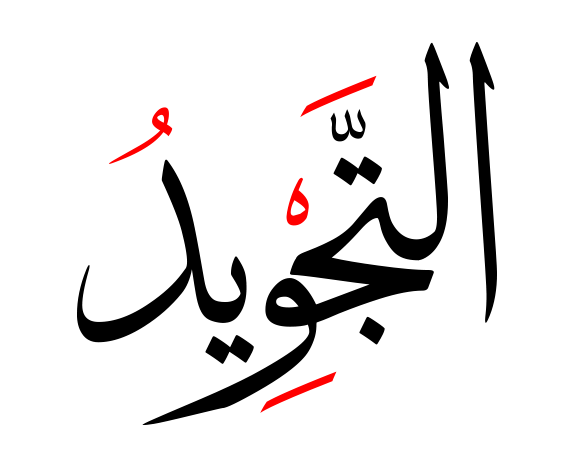Knowing Makharij Al-Huruf is an important matter for anyone studying Tajweed, because Makharij Al-Huruf are the right exits of each letter, so it helps in pronouncing the words in the right way. Makharij Al-Huruf are several, lets talk about them in details.


 *The lips themselves by different shapes: it is the exit of Waw, Meem, Baa.
*The lower lip with the end of the upper folds: it is the exit of Faa letter.
*The lips themselves by different shapes: it is the exit of Waw, Meem, Baa.
*The lower lip with the end of the upper folds: it is the exit of Faa letter.
The meaning of Makharij Al-Huruf:
As we mentioned, the word Makharij Al-Huruf is an Arabic word that means the exits of the letters. The exit is the place in the mouth from where each letter is being pronounced, and some exits produce only one letter, but other exits produce more than one letter.Importance of studying Makharij Al-Huruf:
Studying Makharij Al-Huruf helps in the right pronunciation of each letter and each word during recitation of Quran, and the perfecting of pronounce all letters from their exits helps in the speech fluency and in conveying meanings of the words. And for sure, training on Makharij Al-Huruf increases the beauty of the vocal expression during recitation of the Holy Quran.The number of Makharij Al-Huruf:
Makharij Al-Huruf are the right outlets that each letter comes out from, and Arabic letters have five general exits, and some of these general exits are divided into sub-exits. And the scholars differs in counting them as it was said that they were fourteen , sixteen, or seventeen.Makharij Al-Huruf for Arabic letters:
1-The Hollow: it is the hollow of the mouth, which is the exit of the letters of Mad ” extend”;
Alif sakinah “static Alif” after a letter with “Fatiha”, Yaa sakinah “static Yaa” after a letter with “Kasrah”, Waw sakinah “static Waw” after a letter with “Damah”. So the Hollow is the exit of letters Alif, Yaa, Waw, only when they come as letters of Mad. But the normal Alif, Yaa, and Waw letters come out from another exits.
2-The throat: and it is divided into three sub-exits;
=The deep throat: it is the exit of Alif and H letters. =The mid-throat: it is the exit of Ain, and Haa letters. =The upper throat: it is the exit of Ghin and Khaa letters.
3-The Tongue: it is a large muscle in the mouth, and it is divided into ten sub-exits;
1# The fullest tongue with its opposite side of the upper palate: and it is the exit of the Qaf letter.
2#The fullest tongue- but lower than the Qaf exit- with its opposite side of the upper palate: and it is the exit of Kaf letter.
3#The middle of the tongue with its opposite side of the upper palate: it is the exit of Shin, Jim, and Yaa( not in the case of Mad).
4#Along the left or the right side of the tongue: it is the exit of Daad letter.
5#The under side of the front edge of the tongue with the opposite side of the gingival of the upper teeth: it is the exit of letter Lam.
6#The tip of the tongue with the opposite side of the gingival of the upper teeth: it is the exit of Noon letter.
7# The tip of the tongue -and may be slightly tilted towards the middle of the tongue- with the opposite side of the gingival of the upper folds: it is the exit of Raa letter.
8#The tip of the tongue with the lower and the upper folds- more closer to the lower folds-: it is the exit of Sin, Sad, Zai.
9#The tip of the tongue with the opposite side of the origin of the upper folds: and it is the exit of T, Taa, Dal.
10#the tip of the tongue with the edges of the upper folds and the tongue comes out between the upper and lower teeth: it is the exit of Thaa, Thal, Dhaa.
 *The lips themselves by different shapes: it is the exit of Waw, Meem, Baa.
*The lower lip with the end of the upper folds: it is the exit of Faa letter.
*The lips themselves by different shapes: it is the exit of Waw, Meem, Baa.
*The lower lip with the end of the upper folds: it is the exit of Faa letter.
5-The gill: it is the exit of Meem and Noon letters if they are pronounced with Ghunna which is like a ringing sound comes out with the Meem and Noon letters, and this happens in the following cases;
– in the Meem or Noon mushadadah ” stressed” – with Ikhfaa rule ” concealments”. – with Iqlab rule “reversal”. – with Idgham with Ghunna rule ” slurring”. ** And to know more about the previous rules, get back to the previous articles in our series of Tajweed lessons.
Please login to see your profile content



